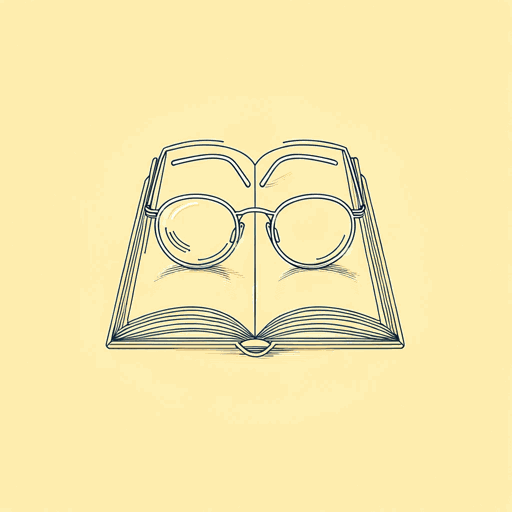36 pages • 1 hour read
Mortimer J. Adler, Charles Van DorenHow to Read a Book: The Classic Guide to Intelligent Reading
Nonfiction | Book | Adult | Published in 1940A modern alternative to SparkNotes and CliffsNotes, SuperSummary offers high-quality Study Guides with detailed chapter summaries and analysis of major themes, characters, and more.
Part 3, Chapters 13-19Chapter Summaries & Analyses
Part 3: “Approaches to Different Kinds of Reading Matter”
Part 3, Chapter 13 Summary: “How to Read Practical Books”
In previous chapters, readers were told that expository books are those which convey knowledge. Within the classification of expository books, there is also a division between practical books (those “concerned with the problems of action”) and theoretical books (those “concerned only with something to be known;” 188). Furthermore, practical books can be divided into those which present rules and those which are “primarily concerned with the principles that generate rules” (190, emphasis added). According to Adler and Van Doren, “in reading a book that is primarily a rule-book, the major propositions to look for, of course, are the rules. A rule is most directly expressed by an imperative rather than a declarative sentence” (190-91). In reading a book dealing with principles, “the major propositions and arguments will, of course, look exactly like those in a purely theoretical book” (191).
Two questions that readers must ask themselves when reading a practical book are “what are the author’s objectives?” and “what means for achieving them is he proposing?” (193). The questions operate under the logic that the author is trying to persuade the reader. Adler and Van Doren argue that “it is the very nature of practical affairs that men have to be persuaded to think and act in a certain way” (193).

